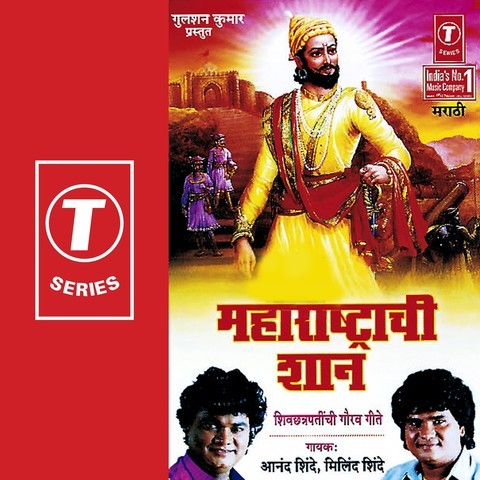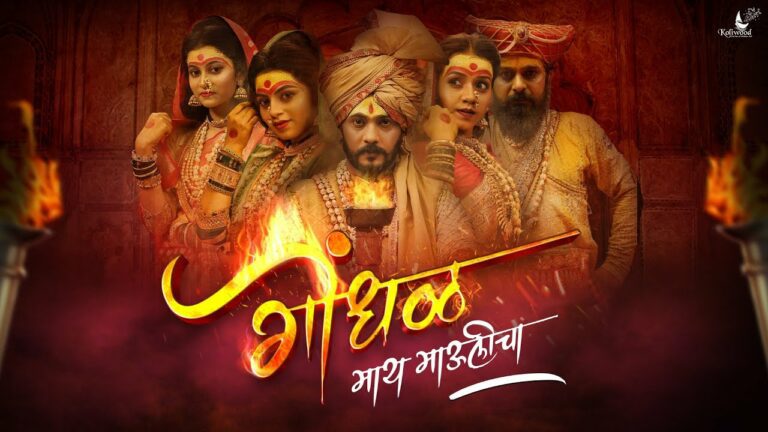

There were significant differences in status throughout the Koli community, however, and little cohesion either geographically or in terms of communal norms, such as the establishment of endogamous marriage groups. Although not Rajputs, this relatively small subset of the Kolis claimed the status of the higher-ranked Rajput community, adopting their customs and intermixing with less significant Rajput families through the practice of hypergamous marriage, which was commonly used to enhance or secure social status. Over a period of several centuries, some of them were able to establish petty chiefdoms throughout the region, mostly comprising just a single village. Records of Koli people exist from at least the 15th century, when rulers in the present-day Gujarat region called their chieftains marauding robbers, dacoits, and pirates. At some stage, koli became accepted as a caste and thus superior to the tribal Bhils. Sources from the medieval period suggest that the term koli was applied generically to lawless people, whilst British colonial studies considered it to be a vague collective noun for varied communities whose sole common feature was that they were inferior to the Kunbis.

The two communities co-existed in the hills of that area and even today there is confusion regarding their identity, not helped, in the opinion of sociologist Arvind Shah, by there being "hardly any modern, systematic, anthropological, sociological or historical study" of the Kolis. There has historically been some difficulty in identifying people as Koli or as Bhil people in what is now the state of Gujarat.


 0 kommentar(er)
0 kommentar(er)
